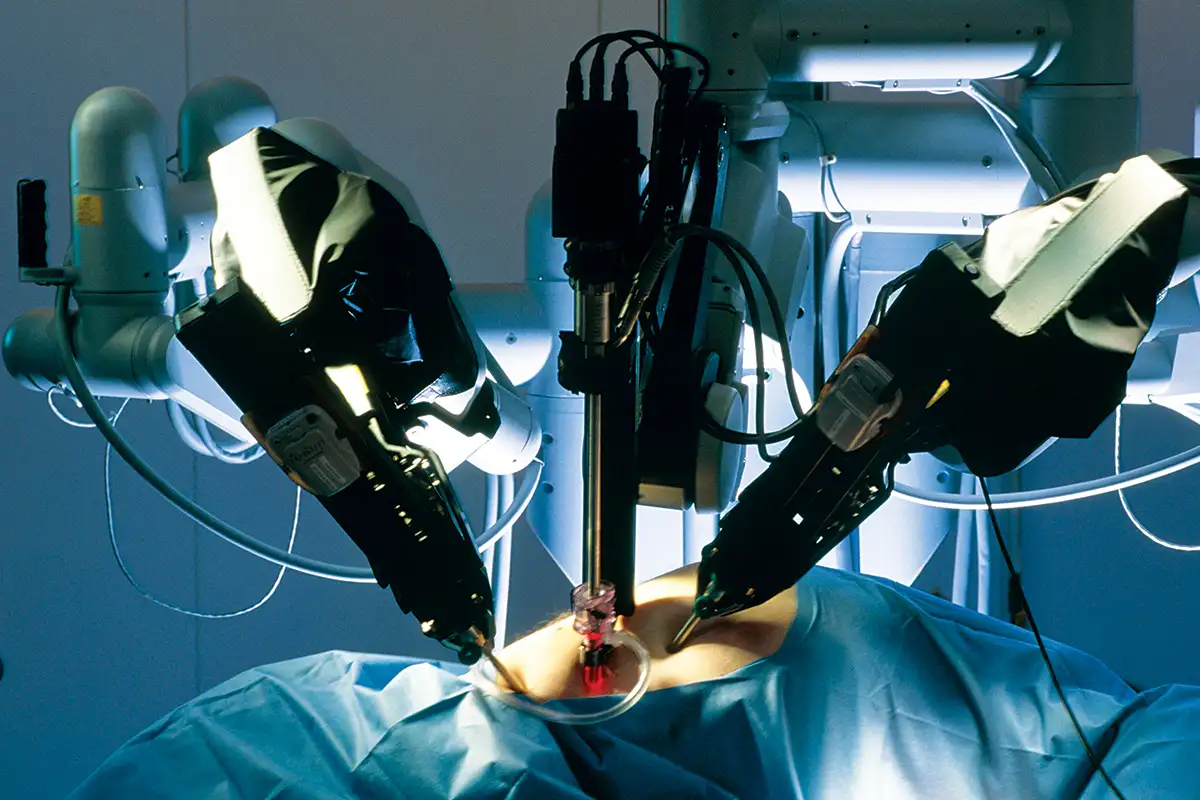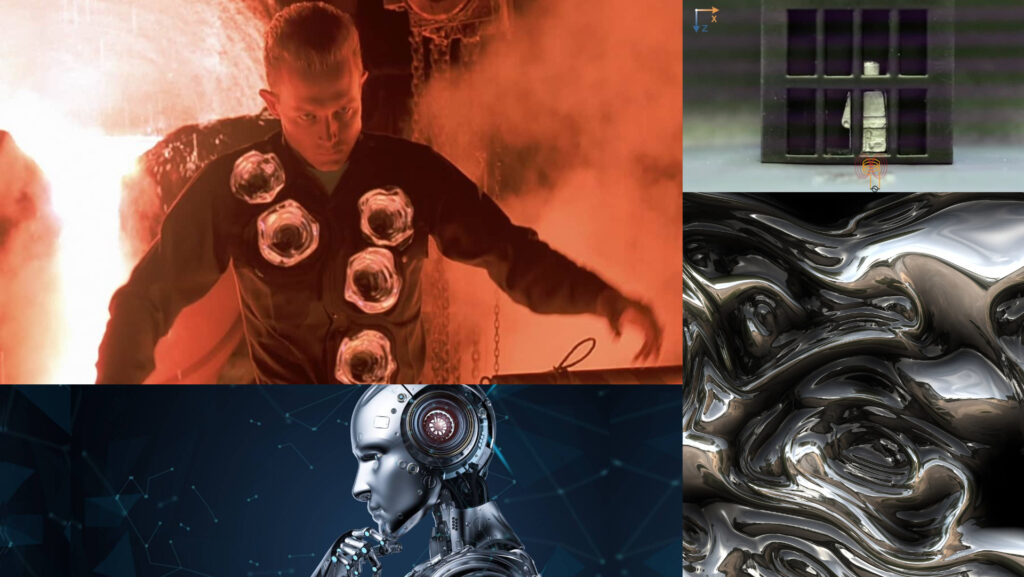Remember the iconic liquid metal robot from Terminator 2? The T-1000, as it was called, was a shapeshifting machine sent from the future to eliminate John Connor. Today, scientists are exploring the potential of these real-life liquid metal robots for various applications, from soft robotics to electronics. Read to find out about the latest liquid metal robot invention and how it works.
New liquid metal robot
A group of scientists have undertaken a new study and created a magnetic robot that goes from solid to liquid state and then back to solid. For this, they used gallium as the core metal.
- These new liquid metal robots are still in the early stages of development but have already shown promise in areas such as self-healing and adaptive behavior.
- This is a major development from the existing robot slime that can be controlled by magnets. This new technology does not suffer from the limitations of harder and softer robots.
The science behind it
This new robot functions on the principles of magnetoactive liquid-solid phase transitional matter. It refers to materials that can transition from a liquid to a solid state when subjected to a magnetic field.

- Magnetoactive liquid-solid phase transitional matter combines principles from materials science, physics, and engineering to create new and innovative materials with unique properties and behavior.
- In simple terms, imagine you have a special type of metal that is like play-dough. This can change its shape and move around just like how you can squish and stretch playdough; except they use a complex magnetic field to do that here.
Terminator 2 connection
With its liquid metal body and morphing ability, Robert Patrick’s T-1000 was a formidable foe for the Terminator and Sarah Connor.

- But despite its impressive abilities, the T-1000 met its match in the form of the T-800 played by Arnold Schwarzenegger.
- While the T-1000 may have been a ruthless killing machine, it’s hard not to be impressed by the liquid metal robot’s cool factor.
Applications in the future
In contrast to the T-1000 villain from Terminator 2, this new liquid metal robot has a lot of potential advantages in the future.
- Liquid metal robots can be used in minimally invasive medical procedures, such as surgical operations. They can change shape to access hard-to-reach areas, making surgeries safer and less traumatic for patients.

- They would revolutionize manufacturing processes like casting and forging as they can adapt to different shapes and forms. They can also be used in search-and-rescue missions in hazardous environments.
Challenges and limitations
Liquid metal robots are complex systems that require sophisticated control and management systems to function effectively. This increases their cost and reduces their reliability.

- These robots pose safety risks, such as the potential for electrical hazards, due to their ability to conduct electricity. After all, they are still metals prone to corrosion and oxidation.
As technology advances, we can expect even more innovative and exciting applications of liquid metal robots. The technology behind liquid metal robots is rapidly advancing and they hold great promise for the future of robotics and automation.
RELATED NEWS: Earth’s inner core will spin in reverse soon – Is it true?
You can also share any questions you have about liquid metal robots. Until then, stay with us here at Spiel Times for more content.
